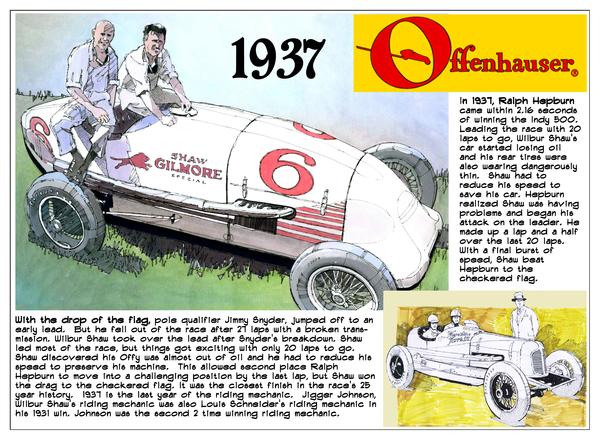- 1890s Cars
- Barney Oldfield Images
- Oldfield - Petersen
- Beer
- Early Auto Industry
- Uniontown - Marci McGuinness
- General Period Clip Art
- Early Race Related Clip Art
- Advertising and Editorial Cartoons
- Early Indianapolis
- IMS Construction
- Indianapolis Speedway
- First IMS Auto Races
- Failed 1909 Air Show
- 1909 IMS Balloon Races
- 1909 IMS Motorcycle Meet
- 1910 Indianapolis Auto Show
- 1913 Indianapolis 500
- 1919 Indianapolis 500
- Joe Dawson
- WWI "500" Winner Draft Cards
- Frank Di Buglione (off the wall art, LLC)
- Gilbert Art
- Carl Graham Fisher
- IMS Hall of Fame Museum
- Alco at 100th Anniversary
- Frederic Matile - Morris Park
- Miami-Fulford Speedway
- Paul Sheedy Collection
- Early Wyoming Racing - 1909 - 1919
- Personalities
- Early Racing Images
- Glidden Tour
- 1909 Cobe Trophy
- Fairmount Park & Belmont Estates
- Early Santa Monica
- Don Radbruch Collection
- Jeroen de Boer Collection 1910
- Jeroen de Boer Collection 1912
- Jeroen de Boer Collection 1913
- Jeroen de Boer Collection 1914
- Georges Boillot
- Story's Indianapolis 500 Cars
- Story's Sports Cars
- Story's Grand Prix Cars
- Old School
- Story's Brickyard Sketchbook
Wilbur Shaw, Indianapolis 500 Hero
Photo Gallery Categories
Search
Featured Article
Image of The Week

This is David Story's rendering of 1937 Indianapolis 500 winner Wilbur Shaw. His victory over second-place Ralph Hepburn was the closest winning margin (2.16 seconds) for the iconic race up to that time. Shaw was the historic race's first three-time champion, also winning the grueling contest in 1939 and 1940. Less well known is that Shaw not only won the "500" three times but also finished in the runner-up spot the same number of times ('33, '35, '38). Find a great story on the 1937 race elsewhere on First Super Speedway.
The following is the text of David's margin notes:
"With the drop of the flag, pole qualifier Jimmy Snyder jumped off to an early lead. But he fell out of the race after 27 laps with a broken transmission. Wilbur Shaw took over the lead after Snyder's breakdown. Shaw led most of the race, but things got exciting with only 20 laps to go. Shaw discovered his Offy was almost out of oil and he had to reduce his speed to preserve the machine. This allowed second place Ralph Hepburn to move into a challenging position by the last lap but Shaw won the drag to the checkered flag. It was the closest finish in the race's 25-year history. 1937 was the last year of the riding mechanic. Jigger Johnson, Wilbur Shaw's riding mechanic was also Louis Schneider's riding mechanic in this 1931 win. Johnson was the second two-time winning riding mechanic.
In 1937, Ralph Hepburn came within 2.16 seconds of winning the Indy 500. Leading the race with 20 laps to go, Wilbur Shaw's car started losing oil and his rear tires were also wearing dangerously thin. Shaw had to reduce his speed to save his car. Hepburn realized Shaw was having problems and began his attack on the leader. He made up a lap and a half over the last 20 laps. With a final burst of speed, Shaw beat Hepburn to the checkered flag."
| Attachment | Size |
|---|---|
| 1937 Indy 500.jpg | 2.44 MB |
